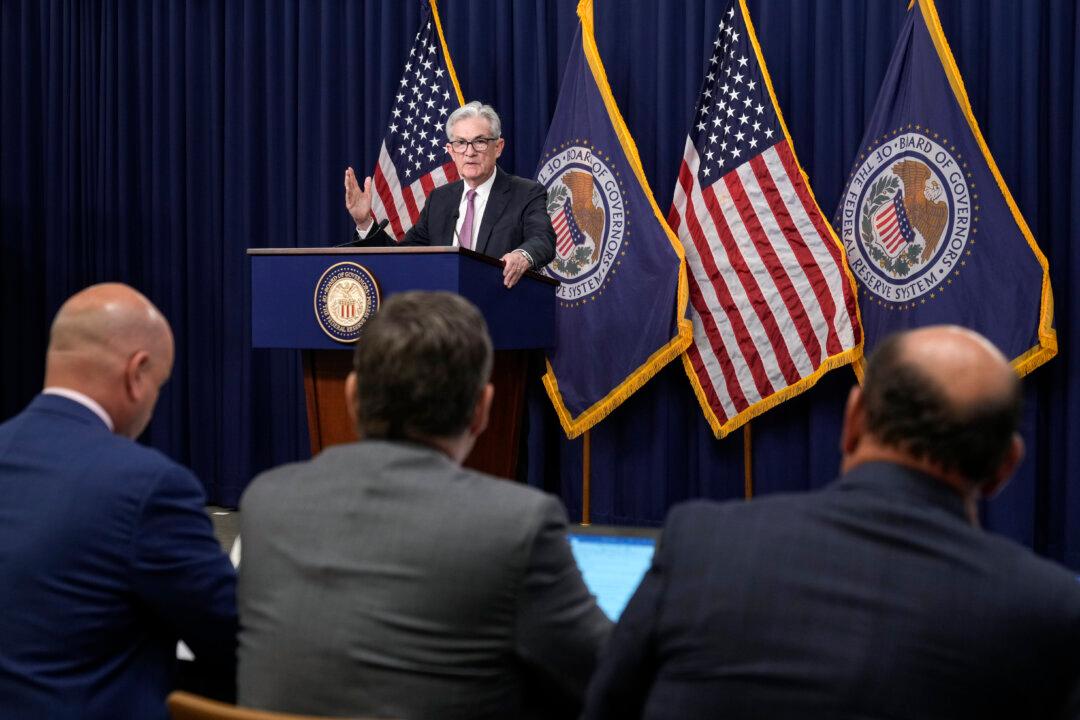U.S. Federal Reserve chair Jerome Powell spoke bluntly at a highly anticipated annual conference to dispel the assumption that because elevated inflation may have peaked, the Fed could soon pivot from continuing to aggressively hike interest rates. Canada is in the same boat as the United States, and Powell’s words served as a reminder that the fight against inflation is far from over and some economic pain is in store.
Central bankers, finance officials, and academics from around the world gathered in Jackson Hole, Wyoming, from Aug. 25 to 27 for the yearly economic policy symposium where Powell got right to the point in a concise speech on Aug. 26.
“A single month’s improvement falls far short of what the committee will need to see before we are confident that inflation is moving down. So we are moving our policy stance purposefully to a level that will be sufficiently restrictive to return inflation to 2 percent,” he said.
Steve Ambler, economics professor at the Université du Québec à Montréal, told The Epoch Times, “The problem is that if the Fed gets really tough and keeps raising, then the Bank of Canada has to—it doesn’t have to follow in lockstep—but I think it has to follow fairly closely.
“Otherwise, the risk would be a depreciating Canadian dollar which could worsen the inflation situation in Canada.”
This year, both the U.S. Fed and BoC have raised rates by 225 basis points (2.25 percentage points) between March and July.
Central Bankers Reinforce Gameplan
“The speech frankly tilled little new ground, acting more as a cudgel against those looking for a fast Fed pivot, a blink, or rate cuts in 2023,” said BMO chief economist Doug Porter in an Aug. 26 note.
Powell warned that some job losses and slower economic growth would result from higher rates.
“They will also bring some pain to households and businesses. These are the unfortunate costs of reducing inflation.” he said.
Bank of Canada governor Tiff Macklem attended the Jackson Hole symposium but did not make any presentations or speak to the media.
He stated in an Aug. 16 National Post editorial that the BoC needs to slow down spending so supply has time to catch up to demand.
“Even if inflation came down a little in July, prices for more than half of the goods and services that make up the CPI [consumer price index] basket are rising faster than 5 percent.”
The reactions in financial markets to Powell’s words were telling as they began to price in higher interest rates for longer.
The S&P 500 suffered its worst daily performance in over two months on Aug. 26, with a 3.4 percent decline, and the two-year U.S. treasury bond recorded its highest yield since 2007 at 3.48 percent on Aug. 29, according to Deutsche Bank.
Canada’s Toronto Stock Exchange is down 3.3 percent as of Aug. 30 from its close on Aug. 25 prior to the Powell speech.





